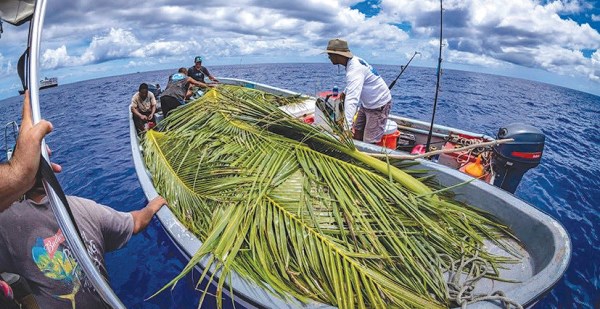
Fish aggregating devices (FAD’s) are not new to Pohnpei as they have been used for many years by commercial fishers as a tool to aggregate many of the tuna species. Our mussel farms are a similar concept that small fish seek shelter and haven in and around, which by their presence attracts larger fish, which attract bigger fish again.
Hence why spearo’s target them for kingies.
Generally drifting FAD’s are used by commercial fishing and anchored FAD’s are used by artisanal fishers.
Local communities had the FAD programme reinstated in 2020 by the State Government, who after consultation with local fishermen and other community stakeholders identified strategically positioned sites and deployed a number of deepwater FAD’s about two miles outside the outer reef of the island.
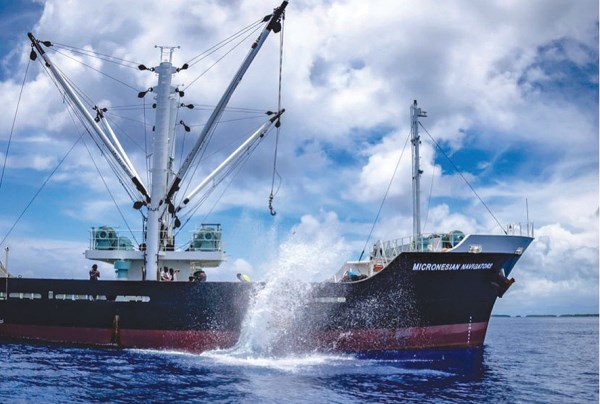
During a promotional event a valuable lesson learnt was only certain fishermen would benefit from the bounty of the deep-water FAD’s. It was made very clear by several participants there were no FAD’s included in the programme for those who only had the ability to fish the lagoon area. Their canoes and boats were too small to venture into the deep blue, the fuel costs were too high and it was considered dangerous to go out into the unprotected deep waters especially since so many could not swim.
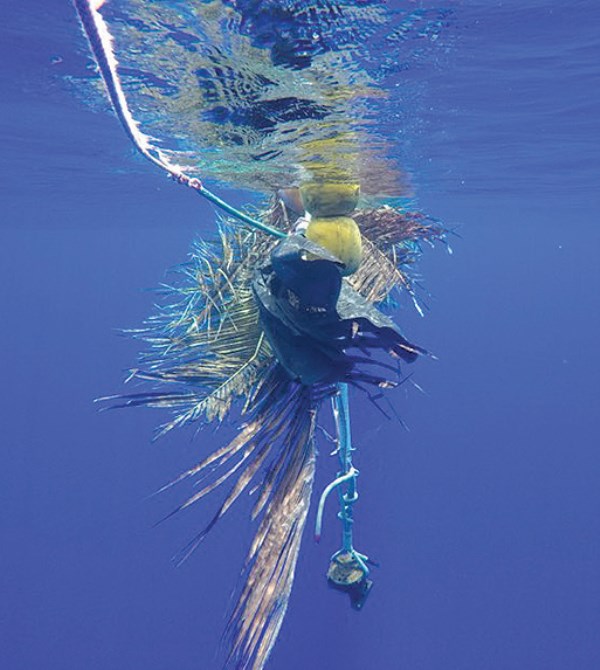
Many local community fishing vessels are basically equipped with what they consider essential requirements; a small outboard, an anchor, which could be a piece of basalt rock encased in old commercial trawl net, and practically everybody fishes with hand lines.
The reef fish they had gathered for centuries was declining with increased pressure from overfishing due to population growth and exclusions by Marine Protected Areas.
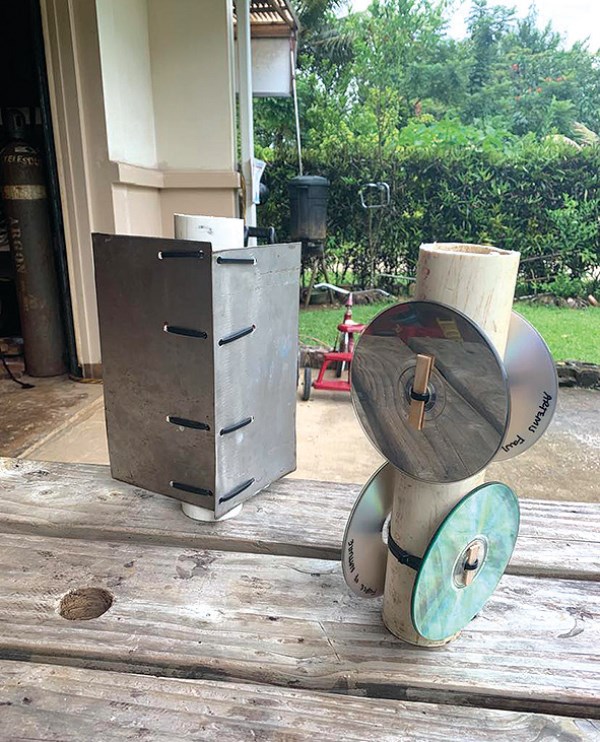
The original FAD design used in the deeper water was based on an Indo Pacific anchored FAD design. The Secretariat of the Pacific Community (SPC) came on board to fund and support the FAD project employing FAD technicians to gather information, construct and oversee the deployment of the FAD’s. It quickly became apparent the lagoon units were only going to be deployed in waters 40-65 metres deep and did not require the same sophistication and heavy hardware as the deeper ones.
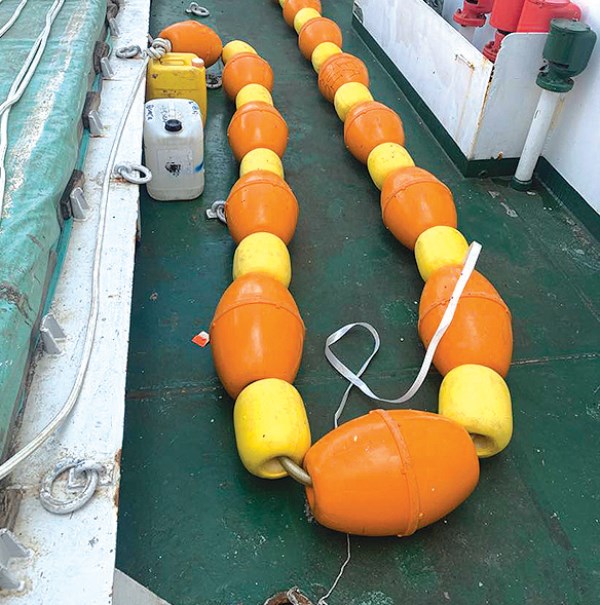
They redesigned the sub surface inshore models, that were still anchored, but set between 5-10 metres below the surface with coconut leaves attached to them to attract the fish. Attached to this was a surface float so it was easily identified.
Legendary local fishers were engaged to teach local communities the old ways to successfully fish around the FAD’s and share some of their fishing secrets.
The results have been extremely positive, and many species now found in the local markets including popular reef species like scads, jacks, snapper and groupers have originated from around the FAD’s.
FAD’s save significant fuel usage as there is no need to travel to several different locations and your catch all comes from one location. Coupled with other current economic challenges at every household the campaign on sustainable fishing practices has become everyone’s business.













